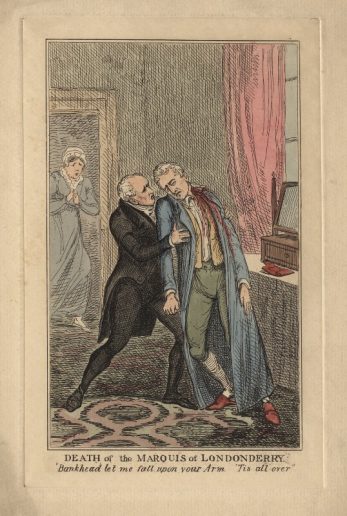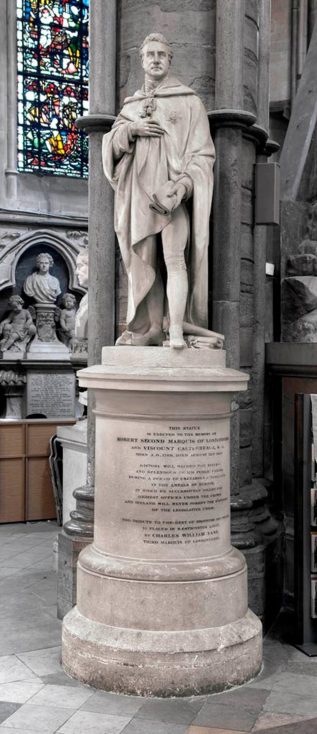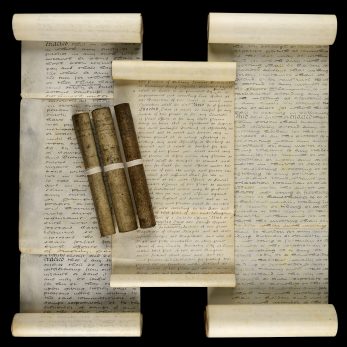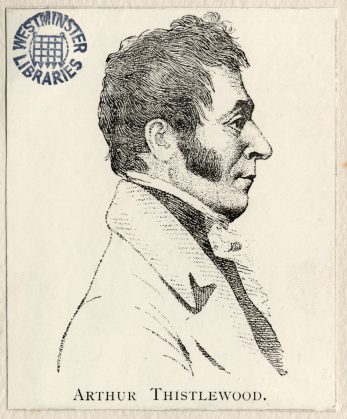The Cato Street Conspiracy: A Real Life Drama set like Bridgerton in Grosvenor Square Part Three







Wine Women and Gambling: The Wild Life of the Aristocratic Ton
2021 has seen Bridgerton, a period drama set in Grosvenor Square, become the biggest tv phenomenon of lockdown. This article seeks to compare how the real lives of the Cato Street conspirators compared to the excesses of the Regency as portrayed in the Netflix series, Bridgerton
Family honour was often threatened by extra-marital affairs. Although frowned upon publicly, adultery was rife in aristocratic society, with the Prince Regent himself leading the way with very public affairs with the Catholic divorcee Mrs Maria FitzHerbert. These indiscretions were very publicly outed in the cartoons of Gillray and Cruikshank, whilst gossip circulated in the scandal sheets and newspapers that exposed the romances, adultery and scandals within high society.
There was certainly a mismatch between what people could get up to in private and what was permissible in public. The press really did have the power to use a scandal to break a family. Foreign Secretary Lord Castlereagh was probably the most handsome member of Lord Liverpool’s government and appeared regularly in the social columns. However, he was so hated by the public that conspirator James Ings planned to parade his decapitated head around the streets of London after their planned raid on the cabinet dinner at Grosvenor Square. In 1822, two year after the Cato Street Conspiracy, Castlereagh took his own life to avoid public scandal after he was blackmailed for extra marital dalliances in St James Park.
Bridgerton accurately reflects how society gossip had a powerful grip on polite society. Lady Whistledown’s pamphlets (voiced by Julie Andrews) reflect the widespread circulation of scandal sheets in the Regency period. This kind of ‘news’ was obviously not the kind of material that the establishment wanted to see in print. Following the Peterloo massacre in 1819, the government began passing laws on seditious libel to restrict the freedom of the press to report on events that cast them in an unfavourable light. Lord Liverpool’s government wanted to keep their indiscretions both political and otherwise away from the public. Stamp duty was placed on newspapers so that the masses could not access them. Peaceful protest to the government was made impossible. In defiance to this, organisations were set up to share the cost of accessing the news. The Cato Street Conspirators gathered at the Marylebone Union Reading Society and it was there they read about Manchester the Peterloo Massacre and decided to remove the government by force.
Gambling and the social circuit
Throughout the eight episodes of Bridgeton viewers are made fully aware of the importance the social circuit, ‘the season’ had to high society. The social circuit still exists today with sporting events such as Henley, the Derby and Wimbledon to the fore. You can still see the great and the good posing at such events and displaying their wealth for all to see. One means of doing this was through ostentatious gambling. At the time of the Cato Street Conspiracy William Davidson was living by one of the key venues on the London social circuit, Lord’s cricket ground. He lived in a cottage at 12, Elliott’s Row, which was by Lord’s Old Cricket Ground on the Eyre’s estate in Marylebone. His landlord, Mr Eyre, hated having drunken cricket crowds gambling on his estate and forced Mr Lord to move away to a new ground nearby on the current site. Cricket was certainly one of the main vehicles for gambling amongst the Ton. Wagers of up to a thousand guineas were placed on the result of cricket matches played at Lord’s. The guinea gold coin was worth 21 shillings (£1.05) and was the coin most commonly used for the wagers. The name itself has links to slavery as the first coins of that name were minted by the Royal African Company who traded slaves and gold in the Guinea region in West Africa.
Matches at Lord’s cricket ground formed part of the social season and allowed the wider public a chance to glimpse into the sparking lives of this upper echelon in person. Our artist Kate Morton showed this in her picture with the impoverished William Davidson looking into the world of the elite across the fence that enclosed the cricket ground. This voyeurism is something that Bridgerton depicts when viewers are transported to the Vauxhall Pleasure Gardens to view the promenading Ton.
Bridgerton references this aristocratic love of gambling through another sport, boxing, or pugilism as it was better known of at the time. The black boxer, Will Mondrich (played by Martins Imhangbe), is inspired by the real historical Regency character of Bill Richmond, a Black professional boxer, who only began his career at the age of 41, and later opened his own gym, training notable figures of the day such as Lord Byron. Gambling was certainly the quickest route by which members of ‘the Ton’ could lose some of their precious financial stability. Arthur Thistlewood, the charismatic leader of the Cato Street Conspiracy came from a minor family of Lincolnshire gentry. Before becoming involved in revolutionary politics he had been ruined financially through developing a gambling habit whilst serving as a gentleman officer in a militia regiment.





No Comments
Add a comment about this page